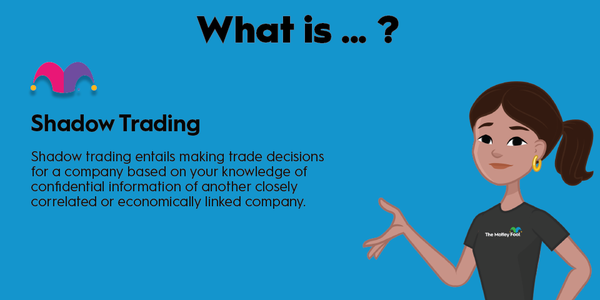Balancing risk and return is the core challenge of investing. You want strong earnings, but you don't want to gamble in the process. Stable value funds offer a conservative approach for higher returns than cash without adding risk.

Definition
Understanding stable value funds
Stable value funds invest in bonds that are insured against the loss of principal and yield. The bonds often have staggered maturity dates, which provide liquidity for the fund.
The insurance can be in the form of a stable value wrap contract, guaranteed investment contract (GIC), or group annuity. All three are contract types that ensure reliable interest income and capital preservation. For investors, this means they won't lose money on their stable value asset.
Stable value funds are only available in tax-advantaged plans, primarily 401(k)s. According to a study by insurer MetLife, 82% of defined contribution plans offer stable value funds to their participants.
Stable value funds vs. money market
Stable value funds vs. money market
Stable value funds are often compared to money market funds since both are similarly low-risk. Here's a look at historic returns for both.
The 15-year annualized return for stable value funds as of March 2023 was 2.99%, according to the non-profit group Stable Value Investment Association (SVIA). The same figure for money market funds was 0.55%. For added context, short bonds have produced a 15-year annualized return of 1.46%, and intermediate bonds, 2.41%.
Note that stable value funds can produce lower returns than money market funds when rates are rising. For example, in the 12 months before March 31, 2023, stable value funds returned 2.37% -- slightly less than the money market returns of 2.41%.
In this case, the lower return for stable value happens because stable value funds adjust to market rates slowly. Money market returns, on the other hand, react to prime rate changes quickly. That can be good or bad for investors, depending on whether rates are falling or rising.
How to research
How to research stable value funds
A stable value fund may be appropriate if you:
- Prefer to avoid capital risk.
- Need a conservative asset to balance other, riskier investments in your 401(k).
- Plan to take distributions from your 401(k) soon, such as for retirement.
Solid research is necessary before you dive in, however. Some stable value funds can have high expenses, which limit your returns. Others may not perform as you'd like.
Focus on these factors when researching stable value funds:
- Fund goals: The fund should target capital preservation and consistent earnings.
- Portfolio composition: You should see a good mix of high-quality bonds with short to intermediate maturities. That can include government bonds, investment-grade corporate bonds, mortgage-backed securities, and asset-backed securities.
- Fees: Check the fund's management fee. The fee is expressed as a percentage, like a mutual fund's expense ratio.
- Fund history: Know how long the fund has been in operation. Longer is better.
- Performance relative to fund goals: Review the fund's prior performance. You'll evaluate the returns, of course. But also compare that performance to the fund's stated goals.
- Management tenure: Ideally, the fund will have stability in leadership and returns.
Note that your 401(k) may only offer you one stable value fund option. If that option doesn't meet your requirements, you might choose a money market fund instead.
Related investing topics
Example
A closer look: Fidelity Advisor Stable Value Portfolio (FASV)
FASV is an institutional portfolio with total net assets of $1.3 billion as of June 30, 2023. The portfolio has a three-person management team that's been consistent since 2017. These managers are tasked with fulfilling a straightforward portfolio objective: To preserve principal while earning interest income.
Asset types in the portfolio include:
- U.S. Treasury bonds
- Government agency securities
- Corporate bonds
- Mortgage-backed securities, residential and commercial
- Asset-backed securities
- Futures, options, and swaps
FASV has wrap contracts that allow the fund to use book value accounting to hold its NAV consistent at $1. This involves, in part, recognizing gains and losses over time rather than immediately.
The portfolio has three share classes. The table below shows the management fee and return history for each, along with prime money market return averages for the same time periods.
| Asset | Management Fee | 1-year Return | 10-year Return |
|---|---|---|---|
| FASV Share Class 1 | 0.55% | 1.40% | 1.37% |
| FASV Share Class 2 | 0.80% | 1.15% | 1.13% |
| FASV Share Class 3 | 0.35% | 1.61% | 1.57% |
| Prime money market funds, Morningstar category average | Varies | 4.14% | 0.94% |
As you can see, this stable value fund outperforms the money market average over the long term. In the short term -- a time of unusually high interest rates -- money markets win.
Also, note the range in management fees across classes and the difference in the returns by class. This is a great reminder that investment fees drain returns.
Here are your takeaways about stable value funds. Over longer periods, stable value funds generally outperform money markets -- although that dynamic can reverse in high-interest-rate environments. Set yourself up for success by selecting an established stable value fund with consistent leadership and a competitive management fee.



































































































